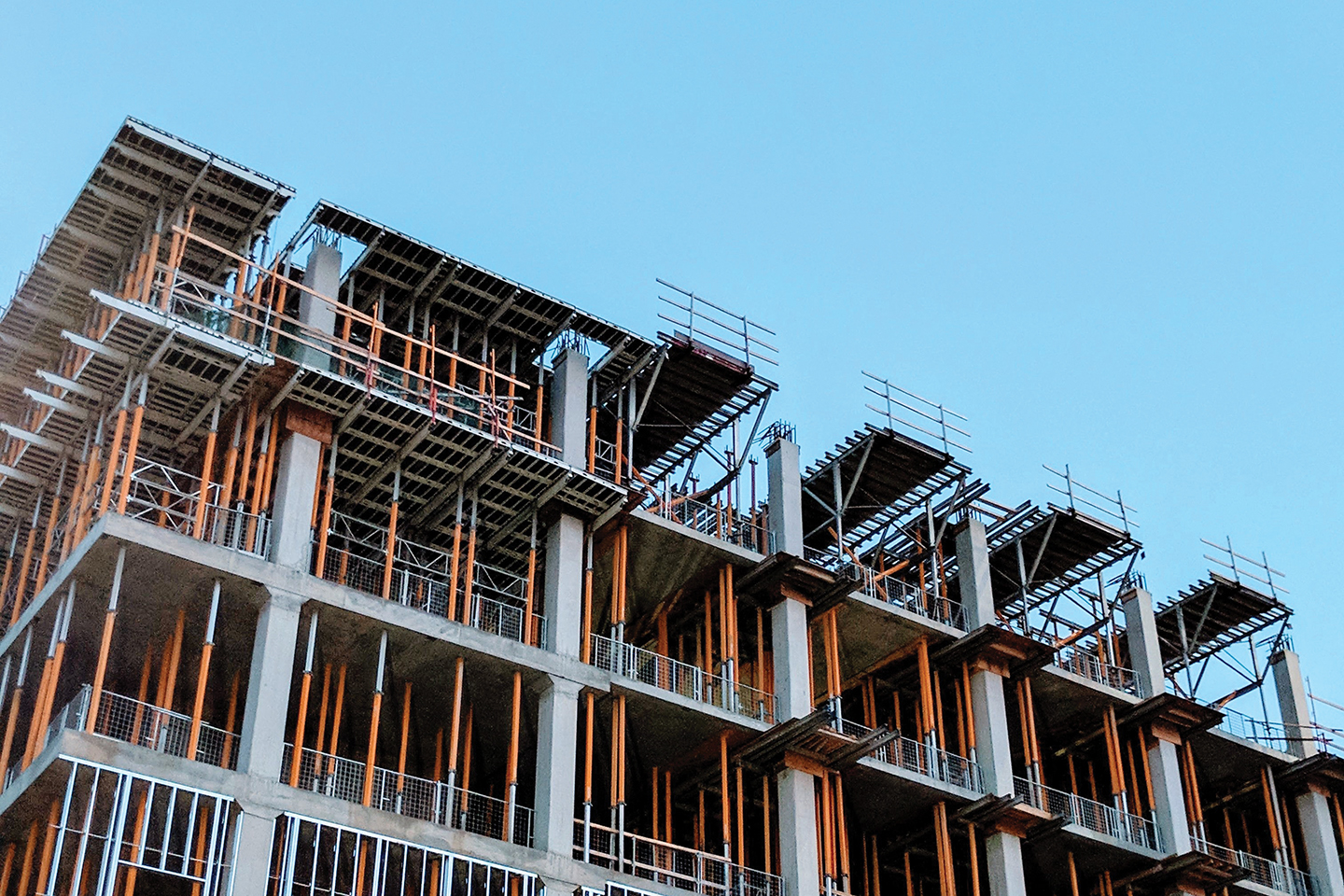Zoning Isn’t Your Problem

Looking at the potential issues a project may face and taking the steps to minimize them early will help keep you on budget and on schedule.
When developers, investors or builders look at a new project, everyone knows to consider the zoning and the entitlements necessary for the project to happen.
What often gets pushed down the priority list, or not thought of at all, are the corollary issues that may have a bigger impact on the project than the zoning itself. It is not enough to simply confirm that an appropriate zoning district is available and apply standard estimates for timing and costs for processing the applications for those entitlements.
There is almost always a zoning district that will accommodate the desired use. But the zoning district itself is not what poses the greatest threat to the ultimate approval. Instead, it is often politics; neighborhood opposition; the property’s history; general, comprehensive or specific plans (where applicable); or even traffic concerns.
Any one of these can derail your schedule, budget or both—and in a big way. You don’t have
to leave them up to chance though. Each one can be researched and planned for well before any money goes hard.
Politics
One of the first steps in considering the viability of any project is having a meeting or discussion with the local elected official of the district where the project is located. This may be either a councilperson or county supervisor—or the most influential—if the local elected officials serve at-large. This meeting isn’t about just giving a polite heads-up. Local elected officials must balance a complex and interwoven pile of issues, agendas, goals, stakeholders and problems, many of which were inherited, all while trying to responsibly reflect the desires of their constituents.
Many factors that won’t turn up in any research but are within the elected official’s realm of responsibility can impact your project. For example, there may have been significant community discussion about the property you are looking at, and plans laid for it despite it not being owned or even tied up by the jurisdiction or community. That is something you need to know before making an application for a project that may be completely different.
Elected officials themselves may have plans for municipal projects that are not yet on paper but will impact your project.
These kinds of projects may range from large open space plans to significant infrastructure upgrades or studies in progress for specific area plans. They may also have strong personal preferences on certain aspects of development that can be easily incorporated into a project early on.
You must also consider the interrelation of the elected officials’ interests, concerns and agendas. The balancing act elected officials must perform and the fact they may be elected by different demographic groups can put them at odds on various issues. Analyzing how this will impact your project is a critical component of the research you should be conducting before committing to a project that will require city, town or county approvals.
Neighborhood Opposition
You’ve likely seen a project get absolutely destroyed by opposition from neighbors, neighborhood organizations, or other interested and organized parties in the community that may or may not be geographically close to the project.
Of course, you believe your project will benefit the community. It very well might, but it is difficult to foresee how everyone in the community will view it when you cannot know what is tinting the lenses they are viewing it through. What may seem like an obvious and eminently appropriate change of zoning from a technical, professional and societal perspective may seem like the end of the world to neighbors or community groups. Often, such opposition is due to misconceptions, miscommunications or fears associated with past experiences.
As the applicant for an entitlement, you are often unfairly greeted with distrust and skepticism rather than the benefit of the doubt when it comes to the quality of the project, true intent and willingness to communicate with the community. Likewise, the community often forgets that projects like yours are the only way cities and counties improve infrastructure, build roads, extend utilities, construct and maintain parks, and generally create progress and growth that is a critical component of a healthy city.
With a good project, neighborhood opposition can almost always be overcome through communication and open dialogue. Most often, community outreach involves treating the community as one large group and hosting multiple public meetings, conducting focus groups, sending surveys and attempting to identify and solve problems. That may be appropriate in some cases, but there are rarely issues in a community that apply across the board. Embracing a multifaceted approach that includes research, required notification, meetings with key players and individuals and continuing communication is much more effective.
At the earliest stage of your project research, you should investigate the history of neighborhood opposition to projects in the area. Your zoning consultant should have some idea of the larger issues in the area, but specific research should be done to identify projects in the immediate vicinity that have had significant neighborhood participation—both positive and negative—to identify key issues and players. City or countywide research can also be helpful if the project is more unique and there are comparable projects elsewhere in the city or county. This research does not need to take forever or blow out a budget. You can often find and identify issues quickly.
The jurisdiction will typically have requirements for public notification and outreach that you must conduct. Follow up with all responses from this step. Either identify the issues and work to resolve them or thank the respondents for their support and request they voice that support in an email or letter to the jurisdiction, or better yet, attend a hearing. When someone supports a project they likely will not participate in the process unless they are asked. However, you can be sure that folks who aren’t happy will engage. It is important for everyone’s voice to be heard.
Once the research, required notifications and outreach are completed, the follow-up stage begins. This stage is the most important if there is any opposition. Many projects fail at the final public hearings because of opposition. The public participation isn’t just for airing issues and agreeing to disagree. It is vitally important to work directly with anyone who has issues so you can get to the root of their issues.
When you encourage conversations, you may discover that someone who says, “I don’t want any commercial zoning near me!” may have once lived near a new commercial project that had large lights that shown directly in their windows at night. Issues like that can be easily addressed, and your willingness to discuss the issue may turn someone into a genuine supporter. A one-on-one conversation can resolve concerns in a way that public hearings, where there just isn’t time to get to the root of the problem, can’t.
Property’s History
Another factor that is often overlooked is a property’s history. You should always conduct a complete zoning history. This will include the neighborhood opposition research mentioned previously as well as provide a timeline of past applications, uses and structures that will identify potential issues such as violations, opposition to change, potential physical issues and even potential support for arguments in favor of the proposed use. This kind of research can also sometimes provide key details that will be the solution to problems further along in the process. It also arms you with information about the surrounding uses over time and allows you to be fully educated when talking with elected officials and neighbors.
General, Comprehensive and Specific Plans
The zoning code isn’t the only regulatory document that governs a property. More research than whether the existing land use designation allows the proposed use is necessary to make an informed decision about a project.
Additional items to consider are whether there is a specific plan that applies to the property. Such a plan often has more detailed development standards than a general or comprehensive plan. Specific plans are also often created with significant input from the community, which will make changes a touchier subject. When an amendment is necessary, give some thought to the land use requested. It may be that the first one that meets the needs is not the best. Depending on the proposed use, an alternative land use may provide additional flexibility in both the near and the long term.
Traffic
Traffic is often a point of contention on projects, but solutions are almost always available. We are an automobile-based society, and even cities with the most progressive and successful alternative transportation programs need to carefully plan for traffic issues.
A good traffic engineer who understands development and can come up with creative solutions is a critical component of a good project. What people fear is that traffic flow will stall. It is the entire team’s job to work together to help come up with the creative solutions necessary to keep that from happening.
Each member of the team has unique knowledge and skills that can help. The architect may be able to tweak design to change the on-site flow that will change the off-site traffic flow. The planning team may be able to look at the site access and suggest changes that will work with the surrounding area better. The engineers may be able to change retention/detention in a way that will provide more room for internal circulation. Taking a comprehensive look at the potential issues a project may face and taking the steps to minimize them early and throughout the project will help keep you on budget and on schedule. It will also help you avoid running into problems that seem to come out of nowhere. It will also help you identify a project you should pass on before committing significant capital to it.














